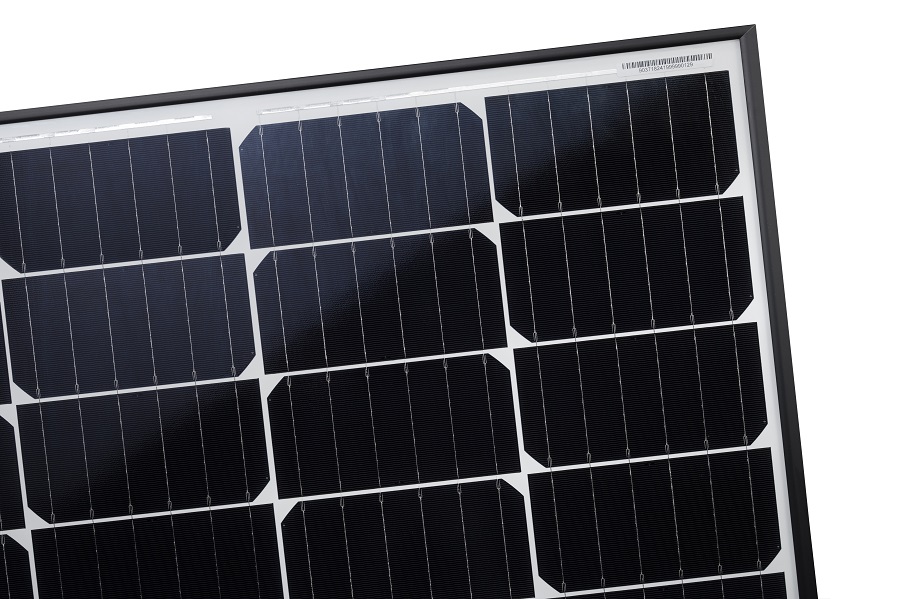Hanwha Q Cells has unveiled the upgraded version of its Q.Peak Duo solar module series: the G6 – and pointedly reminded potential purchasers its PERC technology is under patent.
The Korean manufacturer said, compared to the 156.75 mm-wafer G5, the new monocrystalline panel is being produced with 161.7 mm wafers, resulting in a 6% increase in power yield. The module, which features Q Cells’ Q.Antum passivated emitter rear contact (PERC) technology and six busbars, is available in a 122-cell format with an output of 355 W and in a 144-cell version, which Hanwha says ensures an output of 420 W.
The manufacturer added, the G6 has optimized shading behavior as its upper and lower sides, which are susceptible to shading in strings of modules installed too close together, can operate independently from other parts of the panel. That, says Hanwha, makes the new module particularly interesting for commercial and industrial projects.
Long lasting
Hanwha Q Cells also claims the G6 can maintain more than 85% of its initial performance after 25 years.
In a reference to a suit of patent lawsuits that have been filed by the company, Hanwha added: “Furthermore, the module is manufactured using Q Cells’ patent protected passivation technology, which is a key ingredient in our Q.Antum technology.”
Hanwha last month began lawsuits for alleged patent infringement against rivals Jinko and REC in Germany, and against the same companies plus Longi in the U.S. with the accused manufacturers all rejecting allegations they had used the Korean company’s PERC technology in their own products.
Hanwha Q Cells said the G6 is available in Europe and Korea and will be distributed in all the most important solar markets later this year.
In September, the company revealed the G6 would be produced at its 1.6 GW factory in northern Georgia, in the U.S.
This content is protected by copyright and may not be reused. If you want to cooperate with us and would like to reuse some of our content, please contact: editors@pv-magazine.com.




Hi this sounds very good but will those panels come to south africa?
Hi, Q.Cells Q.PEAK DUO G6 will be up to 345W or 355W ?
In Q-Cells’ own words: “These larger wafers help each module deliver up to about 6% more power, meaning that the 122 cells Q.PEAK DUO-G6 version can deliver 355 Wp. In the format of 144 cells, the Q.PEAK DUO L-G6 has a power output of up to 420Wp.”